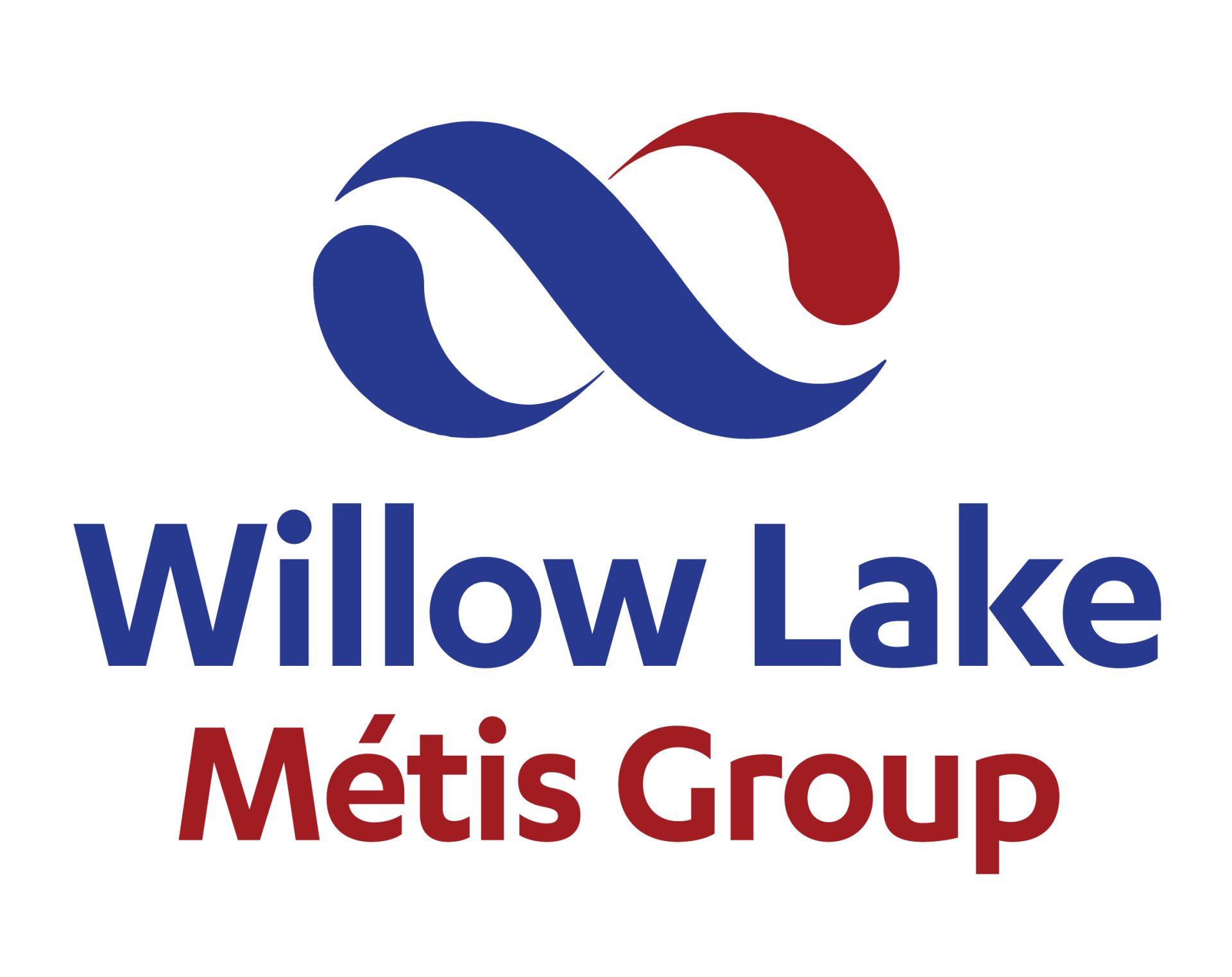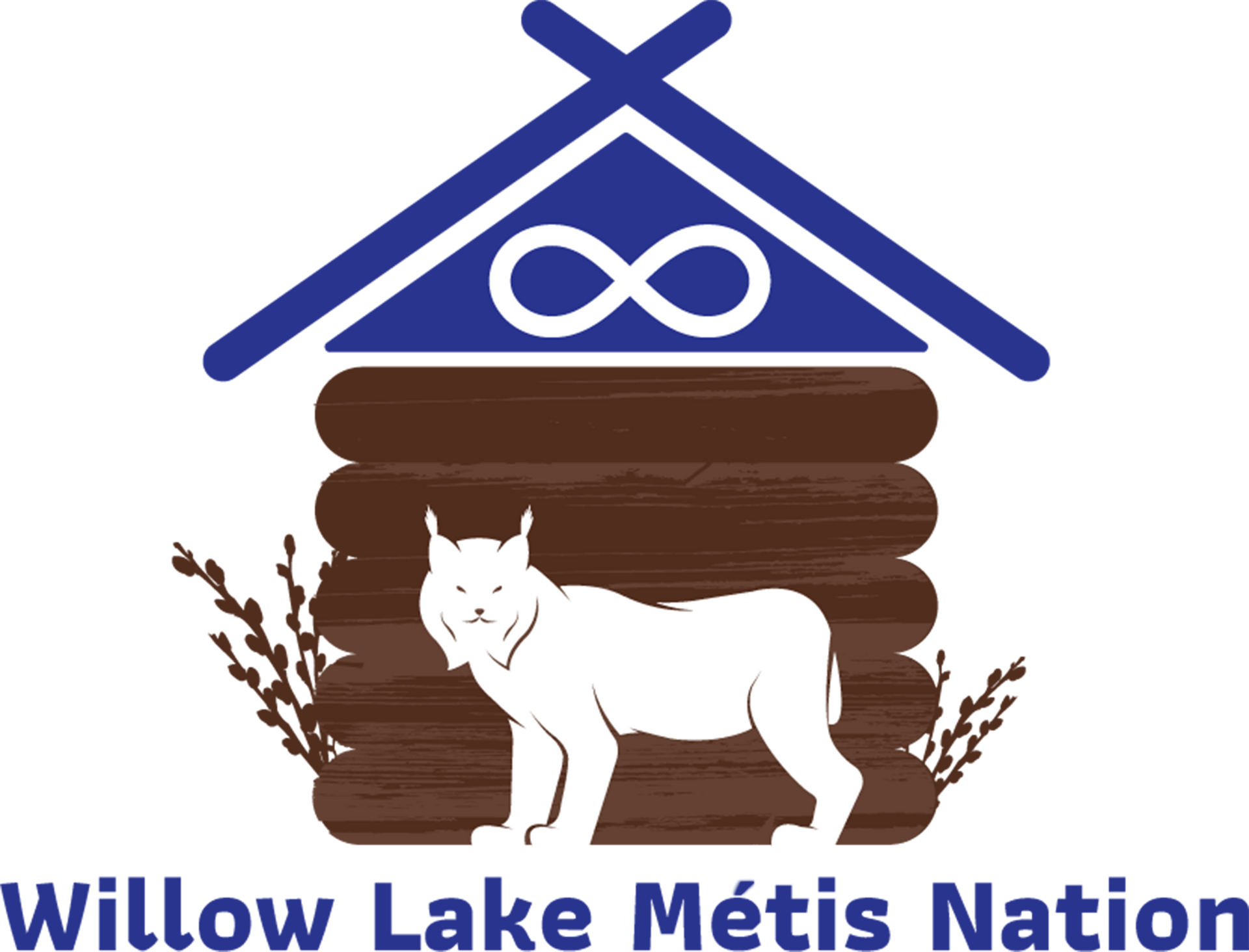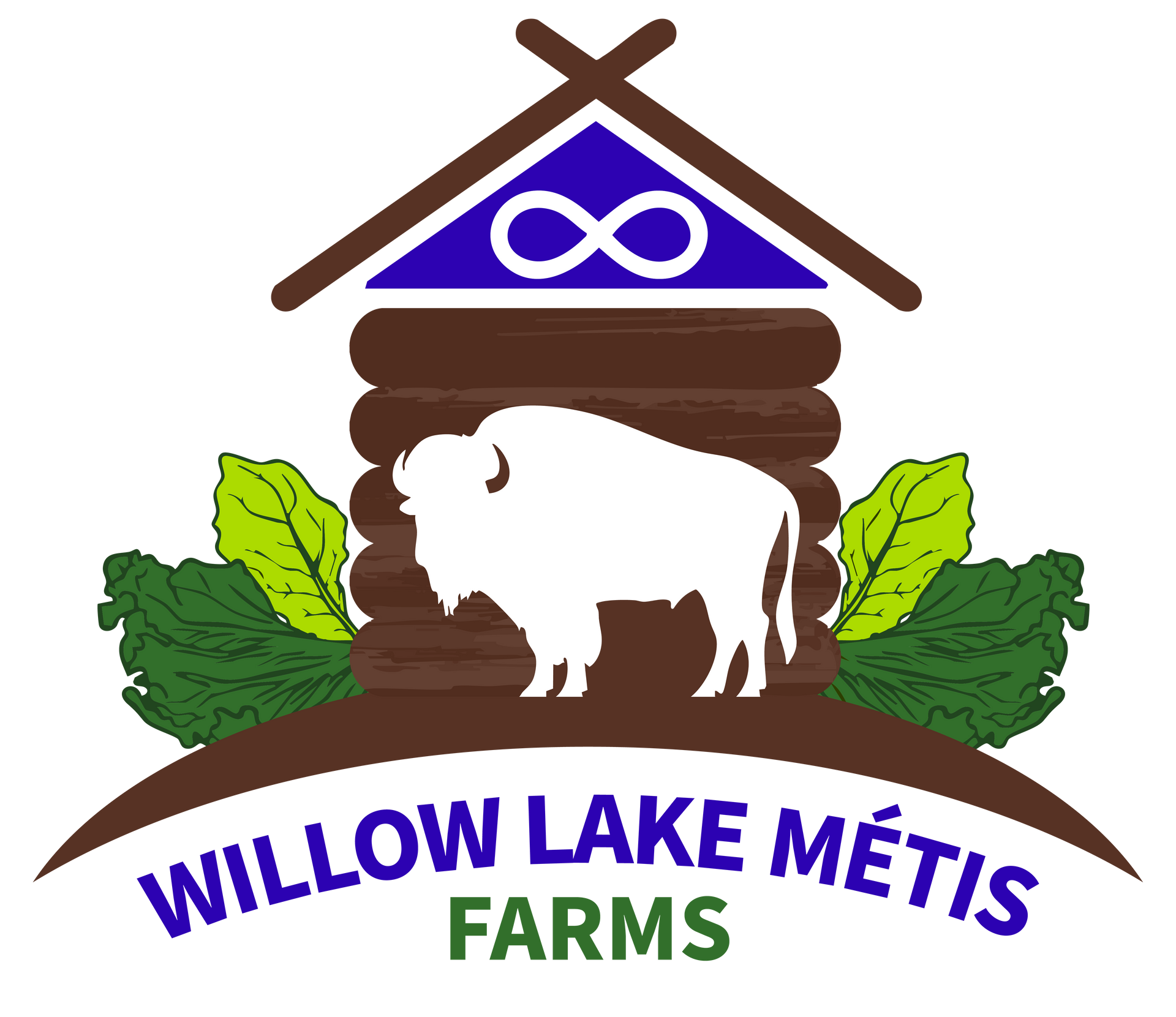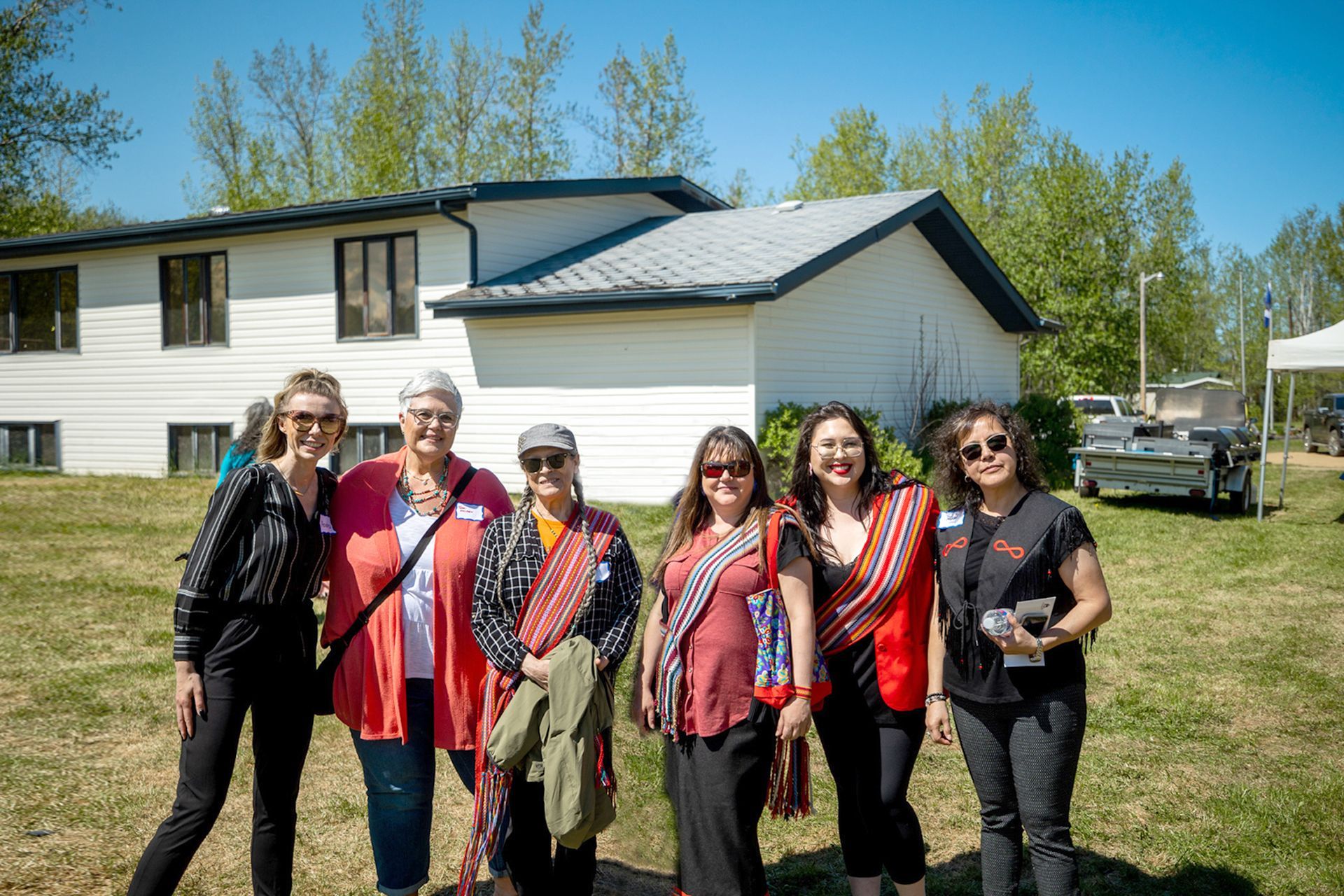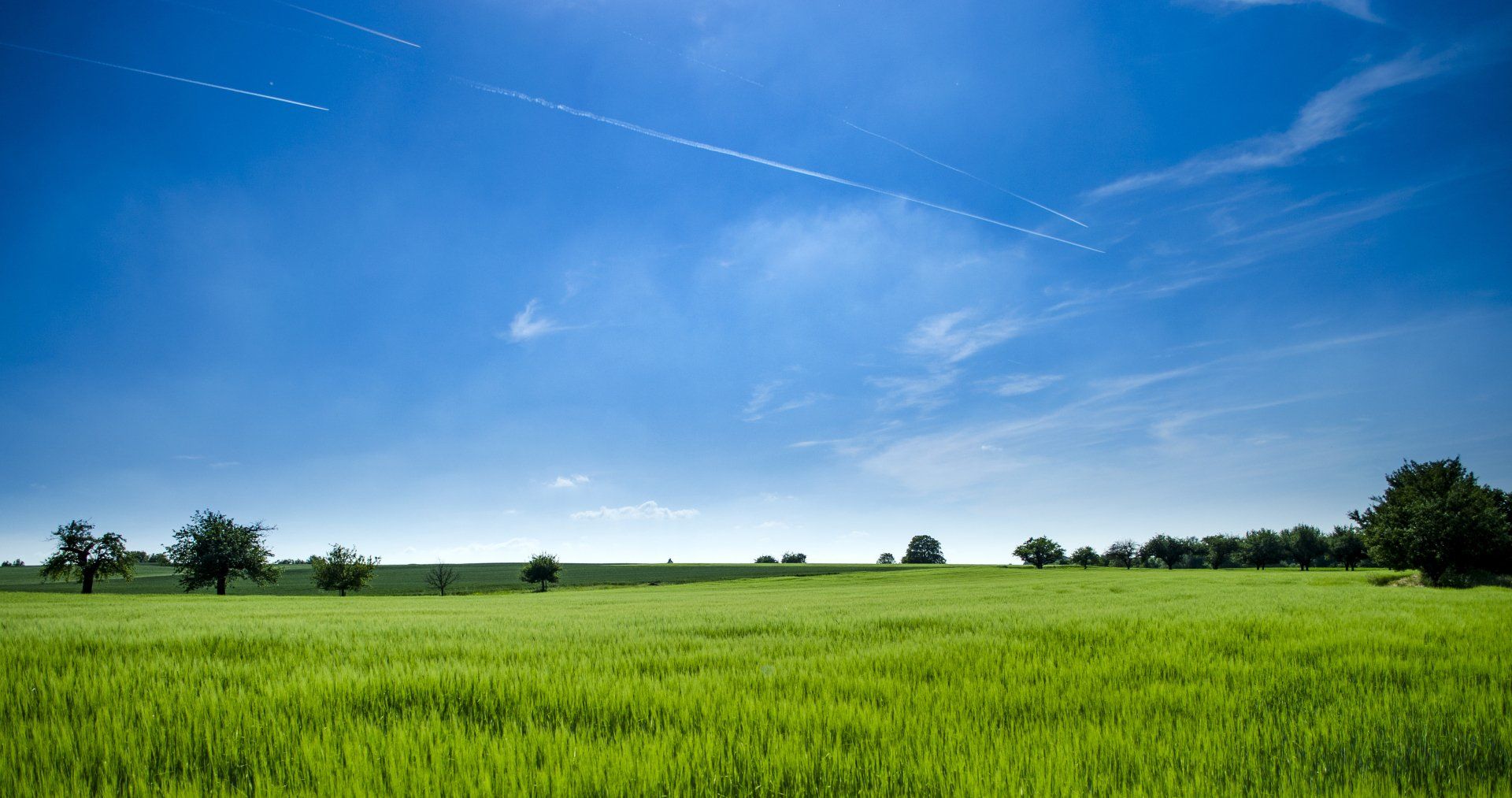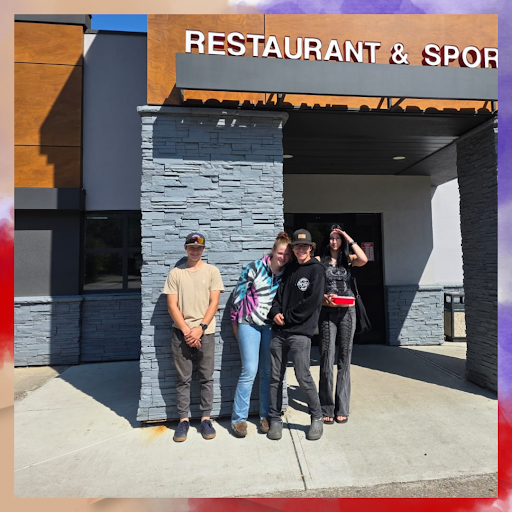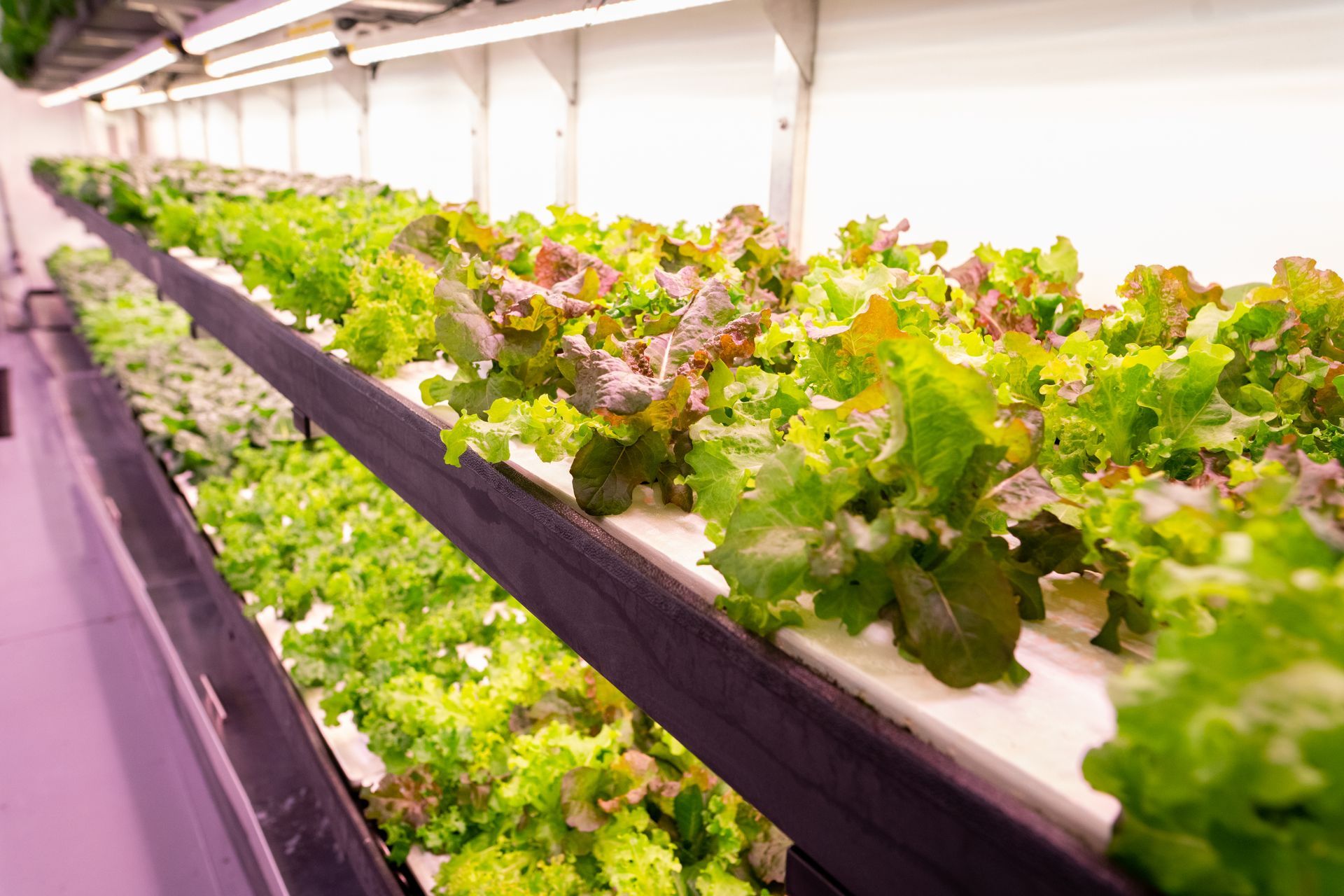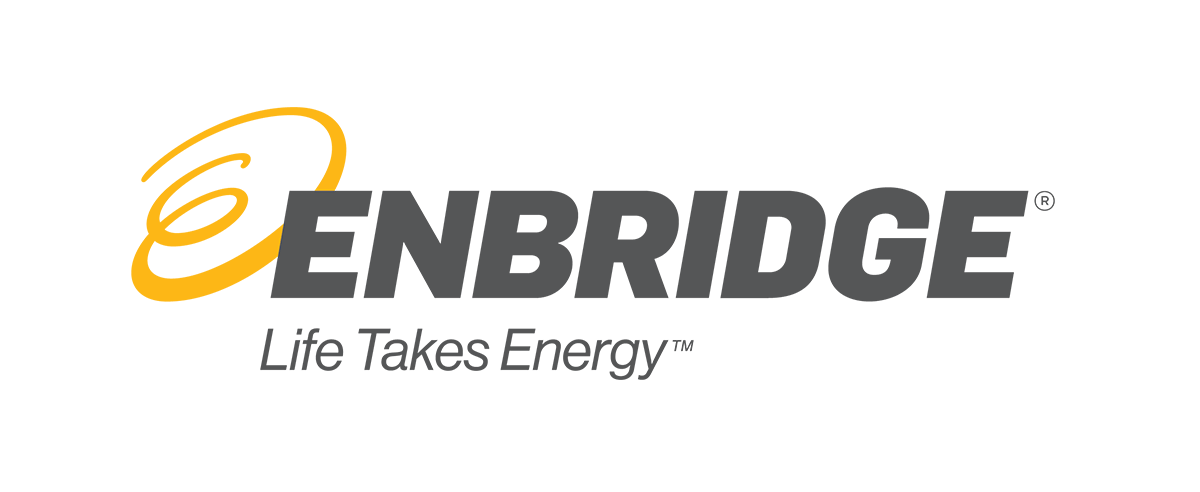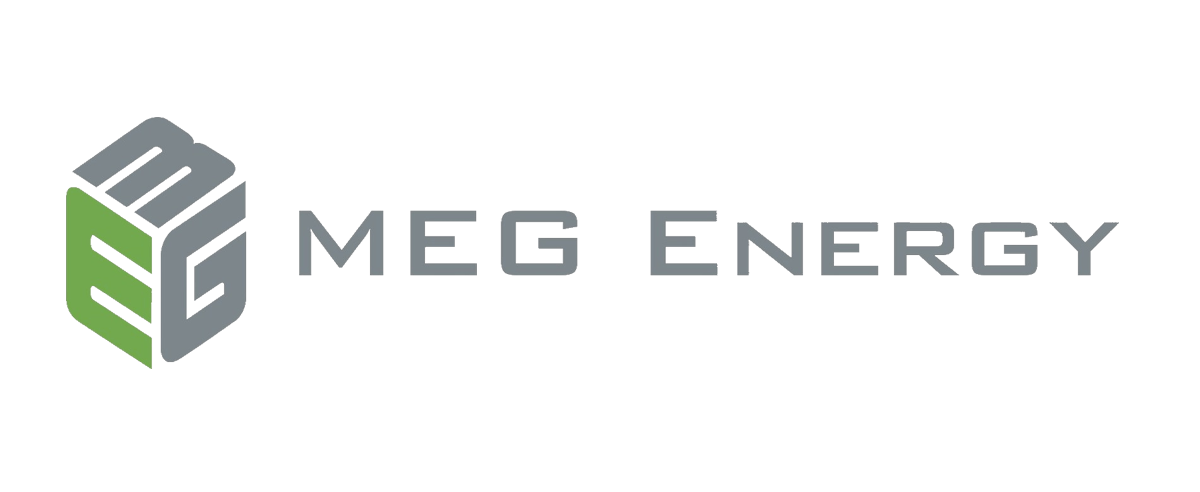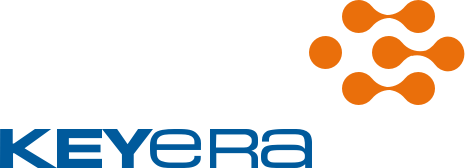About Willow Lake Métis Nation
By operating through a structured governance of transparency and accountability we aim to improve our community's way of life and sovereignty through responsible leadership.
Our Vision
To effectively represent the rights-bearing community of the Willow Lake Métis; ensuring trust, cultural retention, economic stability, a sustainable environment, and a better life for all.
History of Willow Lake Métis Nation
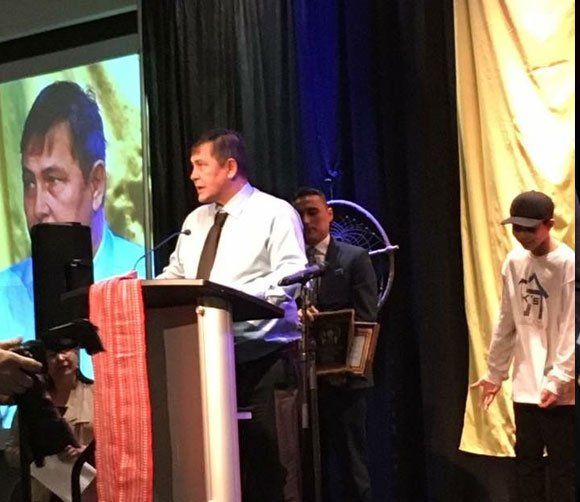
Economic development
Lorem ipsum dolor sit amet, consectetur adipiscing elit, sed do eiusmod tempor incididunt ut labore et dolore magna aliqua.

Economic development
Lorem ipsum dolor sit amet, consectetur adipiscing elit, sed do eiusmod tempor incididunt ut labore et dolore magna aliqua.

Economic development
Lorem ipsum dolor sit amet, consectetur adipiscing elit, sed do eiusmod tempor incididunt ut labore et dolore magna aliqua.
RECENT NEWS
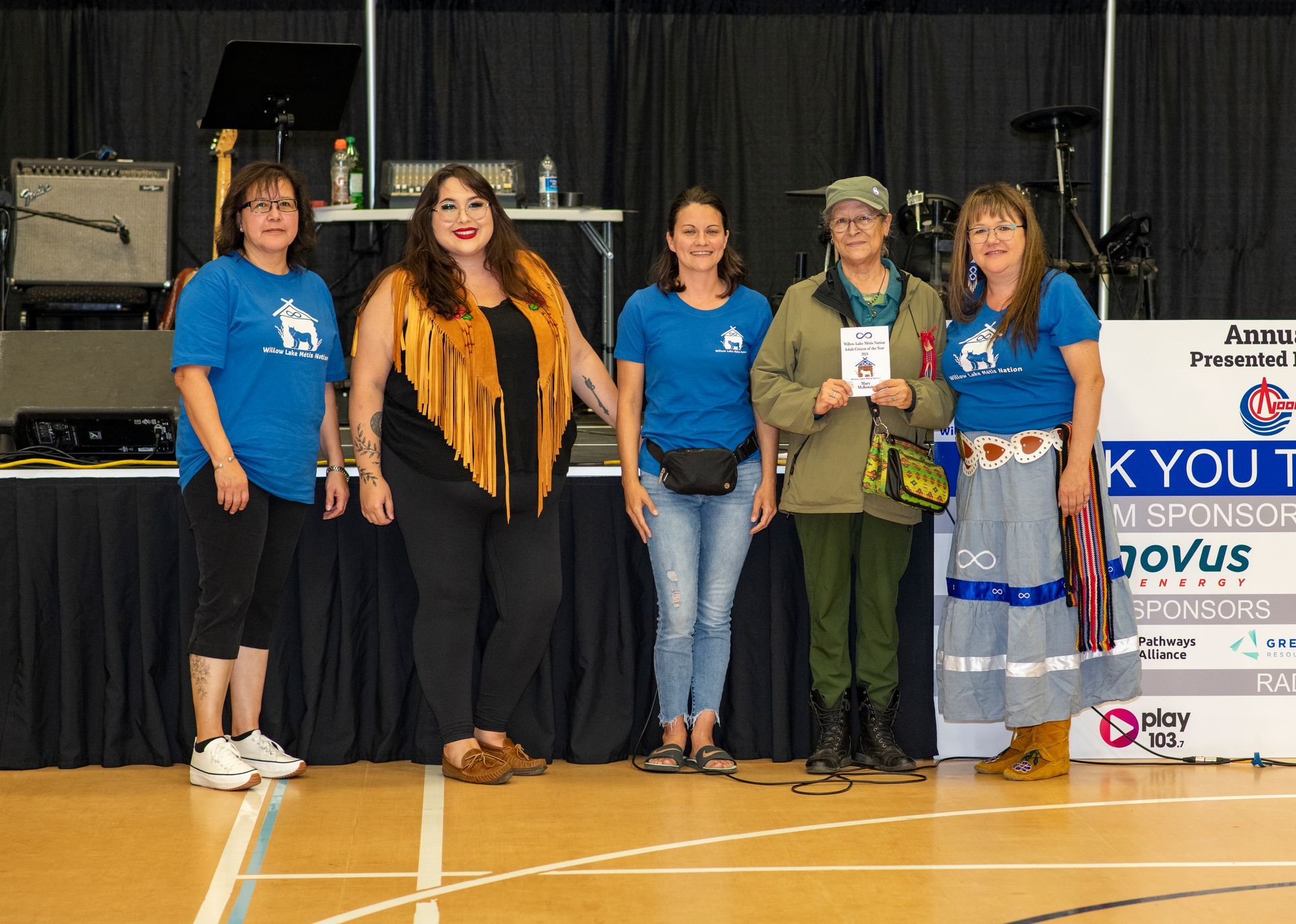
RECENT NEWS
